Let me begin by expressing my gratitude for the overwhelmingly positive response to my recent announcement about joining the Olympus Visionary team. I am grateful to have such supportive readers and have come this far thanks to your support. So please do continue to visit the site regularly as MT and myself endeavour to produce content.
From December 7th to 13th, I traveled to South Africa with a group of Olympus Visionaries from Asia Pacific. This photography trip was fully sponsored by Olympus with the objective of encouraging the 19 photographers from Malaysia, Singapore, Thailand, Hong Kong, South Korea and Australia to share ideas, inspire each other and to work more closely with Olympus. We went to Madikwe Game Reserve for safari shoots and stayed at the Tau Game Lodge. We spent 3 days going out in the field, trying to capture wildlife and nature shots. This particular trip was full of new experiences for me. For this first part of my South Africa series, I will share wider landscape and environmental photographs of the locations we visited.
All images shot with the Olympus OM-D E-M1 Mark II and M.Zuiko PRO lenses (300mm F4 PRO IS, 40-150mm F2.8 PRO and 7-14mm F2.8 PRO).
This was my second time visiting South Africa (my first time was in 2016, you can find my previous article here). I visited Kruger National Park back then and with my experience, I was a little more prepared this time. My biggest mistake previously was bringing only the M.Zuiko 300mm PRO lens, which didn’t allow for wider compositions. I didn’t realise how close to the animals we would be – less than 5 meters away, if you’re wondering. This meant that all I could shoot were extremely tight close up shots. This time, in addition to the 300mm PRO lens, I also brought along the 40-150mm F2.8 PRO lens for more flexible framing. Therefore, the images shown in this first article are all wider shots, showing the beautiful scenery of Madikwe Game Reserve at different times of the day and the animals in their surrounding environment.
The light at Madikwe Reserve was beautiful during our entire stay. We started as early as 5am, just as the sun was rising, which allowed us to shoot some dramatic sunrise shots. The landscape was covered by mist on one of the mornings, resulting in a moodier but very interesting outcome. The rest of the mornings were clear and the entire land was bathed in golden light that magically turned anything it touched into beautiful photographs. Having great light and breathtaking vistas on location, I shifted my focus to shooting the landscape.
It was interesting to observe the animals in their natural environment (we also had some man-made features such as the watering holes). Obviously the roads and tracks were created to ensure easy access of vehicles and permanently integrated into the living environment. Safaris are a thriving business, with tourists from all over the world coming to see the Big Five in Africa. Having so many close encounters with humans, I wonder if the animals are truly wild anymore? Regardless, I was focused on getting my shots and making the most of my time there.
The desert-like terrain of Madikwe Game Reserve is almost completely open with no tall trees. The bushes and short trees offer little cover or protection and I can’t help but wonder how the prey survive and evade the predators. It was because the landscape was so different from the tropical rainforests I’m used to that I found it fascinating. Everywhere we drove, there was such unrestricted openness.
The skies were clear at night allowing me to shoot some stars. I shot the above two images within the lodge itself – in fact, the star trail was shot from my room balcony. I used Live Composite for the star trails and this was my first successful shot. It was incredible to experience the cold of the desert at night (temperatures dropped below 10 degrees Celsius!) and observe the clear skies and bright stars. Unfortunately, this was not the Milky Way season but that didn’t dampen my experience by much.
This was the first ever annual gathering of Olympus Visionaries. I was privileged to be included in this trip and to interact with other bigger names in the industry. I learned so much by listening to their experience and watching them hone their craft during the drives. Each photographer was an expert in their own specific genres and had something to bring to the table. I only wish we could have spent a few more days exchanging ideas and skills.
With carry-on luggage restrictions being 7kg and enforced strictly, I was relieved to fit in the E-M1 Mark II and three PRO lenses together with a lightweight laptop. For a detailed breakdown on how I packed for this trip, check out my post here. The big advantage of having a lightweight camera with smaller footprint is evident on trips like this. I cannot imagine how I would bring an equivalent 600mm, 80-300mm and a 14-28mm lens with a full frame system and still fit under the 7kg limit. Checking in your gear is an option, but given the huge risk of damage and theft – I’d rather not. There’s also the added advantage that you can carry all this gear around all day without feeling like a mule.
I hope you enjoyed the scenery of South Africa. I thought it made a nice warm up before I jump into the next article with lots of close up portraits of the wild animals.
To be continued in Part 2 tomorrow
__________________
We are also on Facebook and there is a curated reader Flickr pool.
Images and content copyright Robin Wong 2018 onwards. All rights reserved

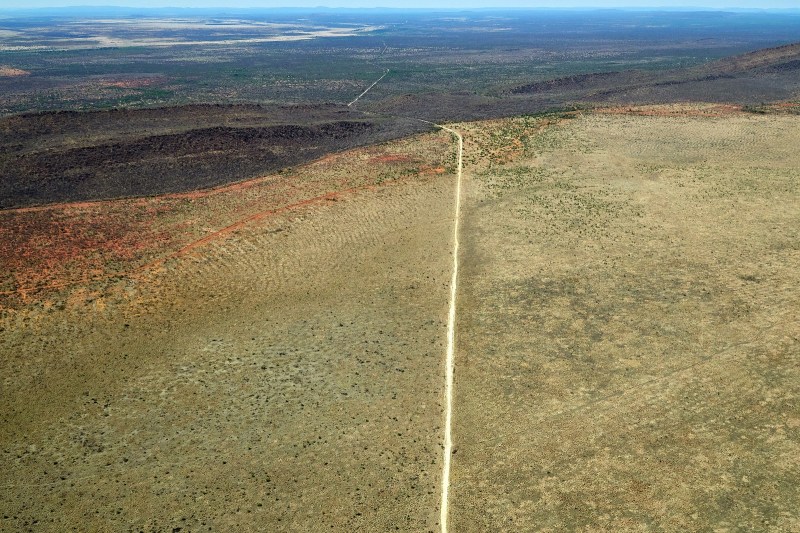

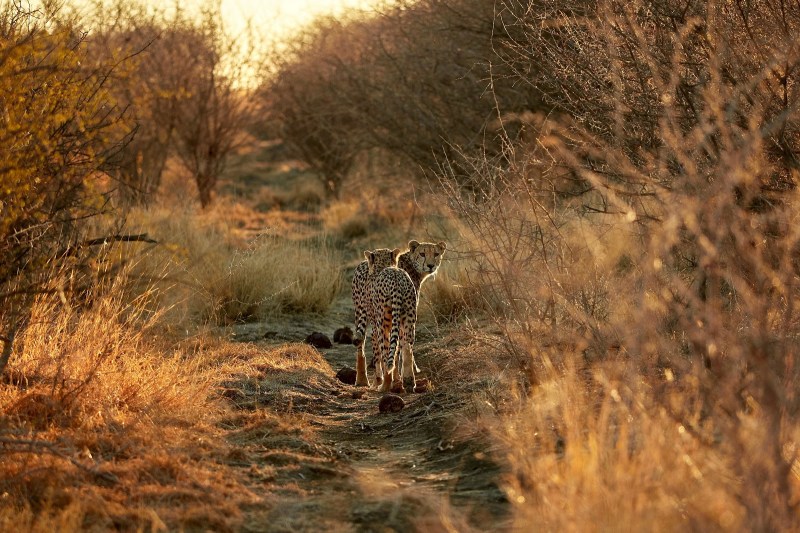
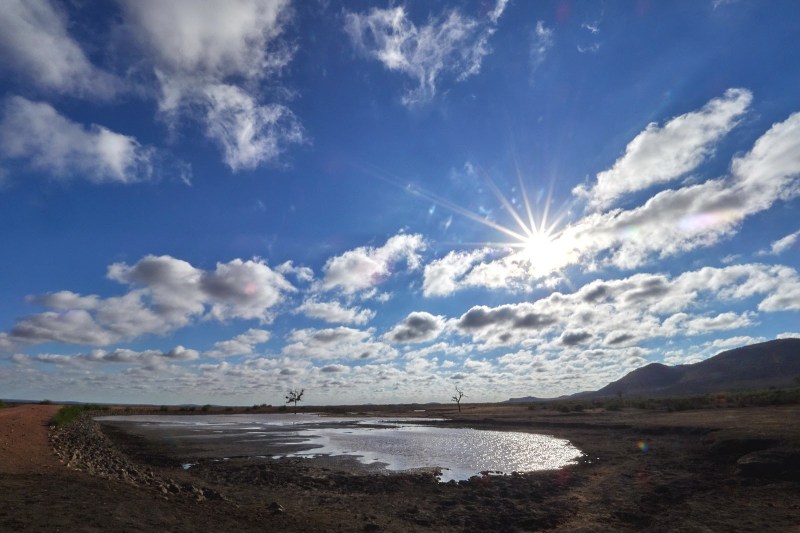

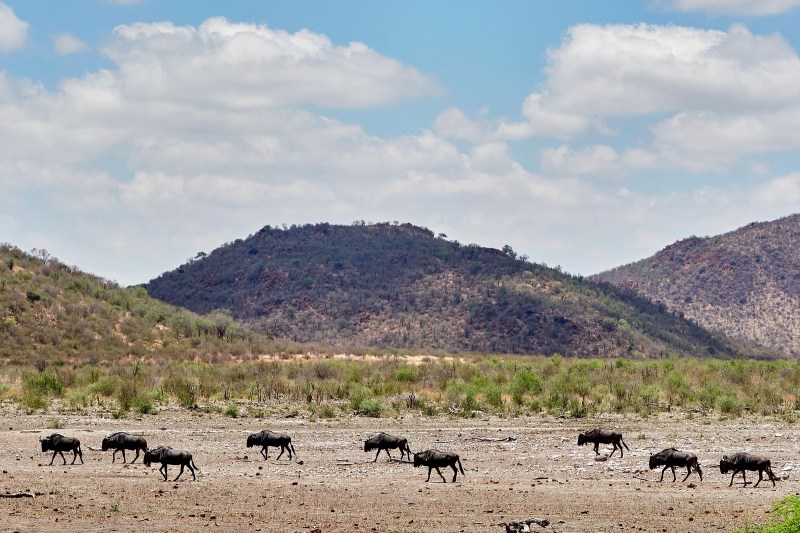


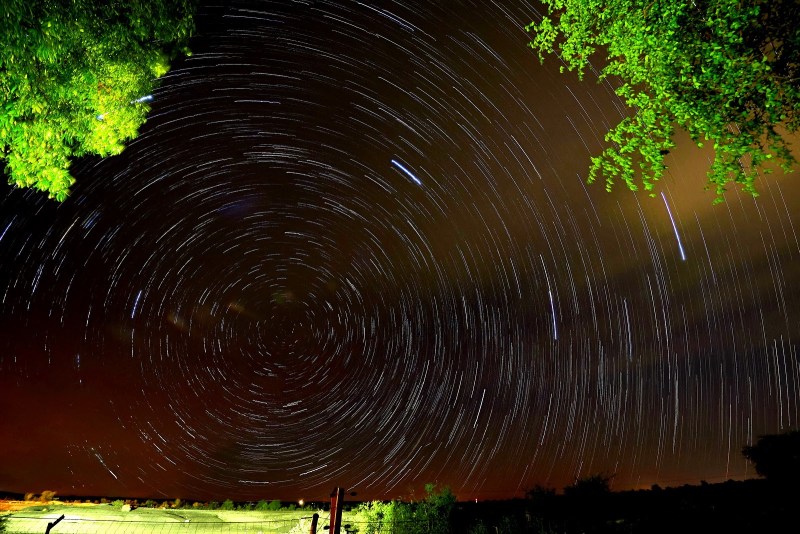
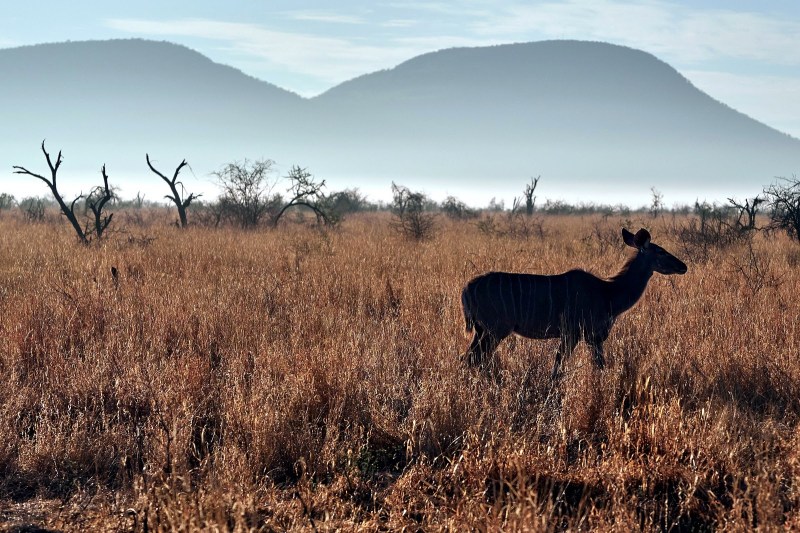
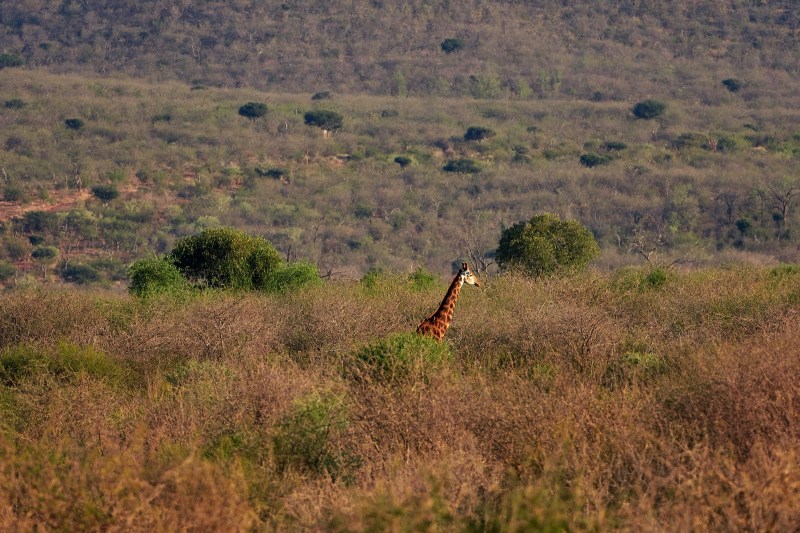

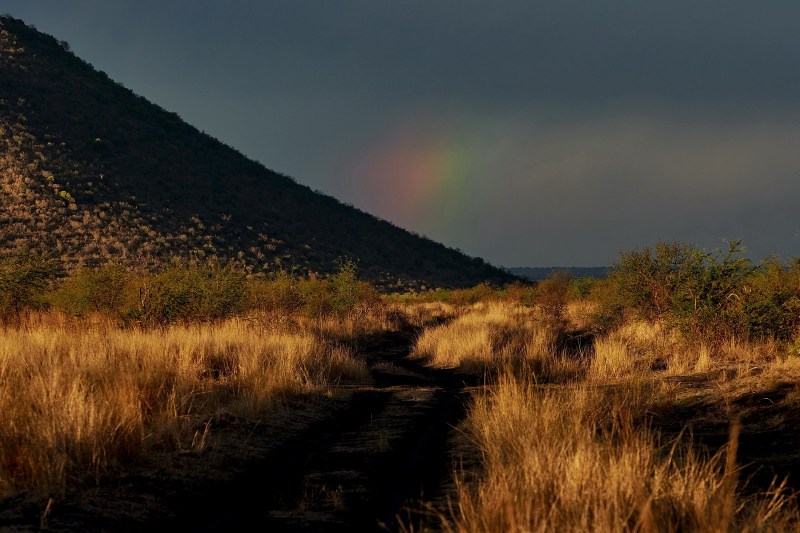
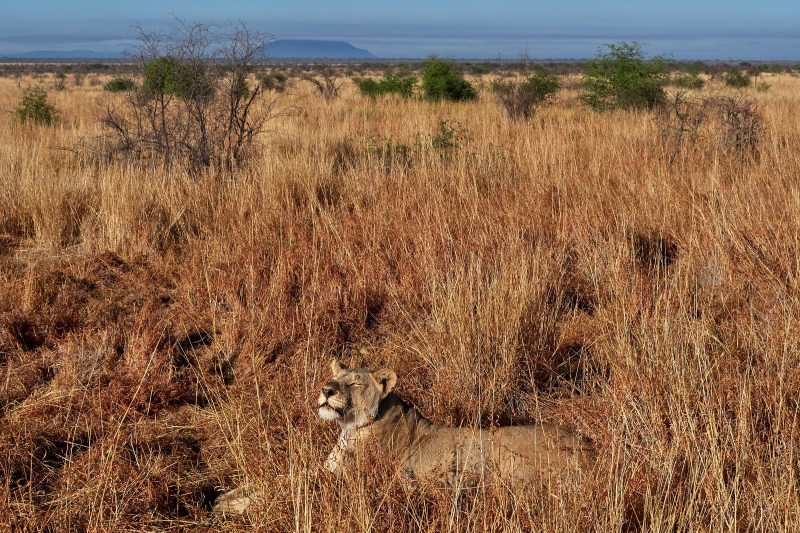





Robin,
I just checked out the link to your site where you list all the gear you carried. I wonder if you could do a critique of that list and really hone in one what you could have left behind. Personally I would have carried 2 bodies, w/12-40 on one and 40-150 w/extender on the other so that I could switch between distant and close wildlife w/o changing lenses. But then I would also never leave home w/o my lens hoods so we clearly have different priorities:)
very nice pictures, all pictures speak the words, thank you for sharing such a nice photos.
Hey Jim,
The three main lenses that I must have for the safari trip would be 7-14mm (wide angle for landscapes), 40-150mm F2.8 PRO (for environmental shots of the animals, and being so close to them, this is the most used lens) as well as 300mm F4 IS PRO (for close up tight headshots, and getting to the birds).
Actually Robin, I personally prefer your previous shoot with the 300mm lens ( except for the zebra shots ). Sometimes limiting yourself to 1 lens gives you a certain tunnel vision needed with no other lens distractions ( too much thinking about what scene to photograph and which angle and lens to use.) Great article and makes me want to go there and mingle with the thousands of photography tourists! Too bad the hotel and tour prices are so outrageous. For the 1% I guess?
The close up portrait shots of the animals are in Part 2. Also, I consciously tried not to repeat what I have done from the previous trip, after all photography is about daring to try something different. It may not work sometime, but doing the same thing basically will just limit my growth. And yes I agree, it is expensive going to South Africa!
Amazing experience Robin! I am very happy to see good photography making use of natural light throughout the day. Were there many high vantage points close to the animals?
Eduardo
Hi Eduardo,
Thanks for the kind words. There were no high vantage points, the land was flat all over. We did however get quite near the animals, our ranger (driver) got as as close as we could, and at times I wish were were not that close for better composition. It was a great experience being so near to animals that were truly wild.
Robin, you must be one of the most humble people on the planet. I enjoyed the photos and look forward to your next post, but I particularly enjoyed reading about how you perceived the other visionaries, and how each had a specialized niche that they brought to the table. It made me think that, yes, the name Robin Wong isn’t generally associated with wildlife (perhaps barring street cats), but you could probably drop the names of some of the other visionaries and I’m not sure that many readers would know of them. But Robin Wong… that’s a name that comes up on web forums around the internet. Street photography, human portraiture, and food photography are probably what you are best known for.
I’d guess you’re aware of that, and yet you still felt that way in the group. You’re wonderful! Olympus is very lucky to have you as an ambassador for their brand, for multiple reasons.
Hey David,
You are being too kind in your words. I must always remind myself that everyone is different, and other photographers have other skills and experiences that I do not, and I can benefit by learning from their expertise. Being in the presence of such diverse group of photographers was a humbling experience itself, there were National Geographic photographers, a few other accomplished artists and practically masters in their own crafts. I am glad to be able to work with Olympus more closely from now on and look forward to more future adventures!
Nice, Robin. Sounds as if you truly enjoyed the trip.
For me I find especially attractive the cats on trail image #4 in set.
Thanks Tom, I think the cat in that image had a glow (from the golden hour light) that made it special.
Great to see some wildlife living free and no being endangered like in other parts in the world and in Afrika. I mostly enjoyed the pic of the cheetah. It is just great with great lighting. And it shows the human footprints in the living room of the wild animals.
Lovely Nightsky.
I think the big advantage of Olympus and M4/3 is the convenience of carrying a very small system. I just imagined how the Giraffe would have looked on a FF 600/4.
I think nowadays there are very few airlines where you can have such a big and heavy lens in your carry-on luggage. The smaller ones can be carried using the old trick by carrying everything in a Photo Vest. There are many with large pockets for lenses.
Hah, carrying lenses in photo vest, never thought of that! A good tip to remember for future adventures. Thanks for the kind words, glad that you have enjoyed the images shared here. You are right, it was as if we are seeing human footprints in the iiving room of the wild animals, that is something to think about!
Nice shots of the desert night sky!
Thanks!
Robin, before I overlook saying this – DON’T EVER check your gear in – don’t even CONSIDER checking your gear in! A while back, a pro did – and published shots of what happened. A Leica with something like $15 grand’s worth of glass, utterly destroyed !!!!!!!!!!!!!
Getting back to photography – what a wonderful experience, and what great shots. Did you notice in your first night shot, from the hotel, that on the left you’ve caught a satellite moving across the image – and I suspect there’s another one, on the bottom edge of the sky, a bit over half way across from the left.
Thanks for the cautionary note, I shall remember it. Risk of damage and theft is definitely not worth it, I agree with you. Thanks for the kind words, and I did notice the streak of light but did not know if it was a satellite or something else.
Fantastic images there. The animals are still mostly wild though some (Warthogs, for example) adapt quickly and easily to the human presence. If you want to see completely wild animals, you really need to go and see the desert adapter critters in Northern Namibia, but the photographic opportunities are not so good (they are very elusive). I managed to photograph blurred zebras with a Canon Ixus many years ago in such a setting :-/. I see you now get to play with all the best toys.
Thanks Jason. I suspected that the animals are not completely wild, but I also understand the need to turn this into business, hence the easier to spot them the better for the game drives. Ahh, the days when Ixus was dominating the market! I remember those days well.
Hi, Robin. Not knowing other areas of the world you’ve visited, I’m still guessing that this trip will have been outside of your normal “comfort zone” as regards subject matter, but you’ve produced some lovely images with a refreshingly different perspective to the many shots one usually gets to see of African game life. Looking forward to Pt.2.
Thanks for the very kind words, Terry. It was indeed outside my comfort zone, and I kept in mind to try to get images that are different from the typical shots we see elsewhere. I wanted to show the animals in their natural surroundings, hence my wider framing to see a lot of the environment. Nonetheless, Part 2 will bring us much closer to the animals.
Very nice photos indeed Robin. Question: Did Olympus give all of the Visionary’s a chance to shoot the new E-M1X during this trip? If you cannot divulge I understand, a wink will suffice. 😉
Thanks Scott. That is one question that shall be answered in a bit later in time.
thank you, Rabin, for sharing the good experience of travelling
Thanks! It was a great experience indeed!
Wow !!!
What an incredible series…
Such a great diversity and the best things I loved about these photos is the brilliant use of natural light.
Thank you so much for sharing and waiting for the upcoming post 🙂
Thanks Sreejith, light was amazing all the time, it was almost unbelievable!
Lovely pics, Robin, thank you very much indeed! I hope you will tell us a lot more about your stay in Africa.
Hey Felix,
Thanks! Do not worry, I shall share about the lodge we stayed at, probably do a review about the place too, but that will be published on my own blog. I keep the photography heavy contents here in MT’s site.
Amazing post with beautiful pictures!Keep going! Greetings from India 🙏✨
Thanks! Part 2 coming tomorrow.
Looking forward to it ✨